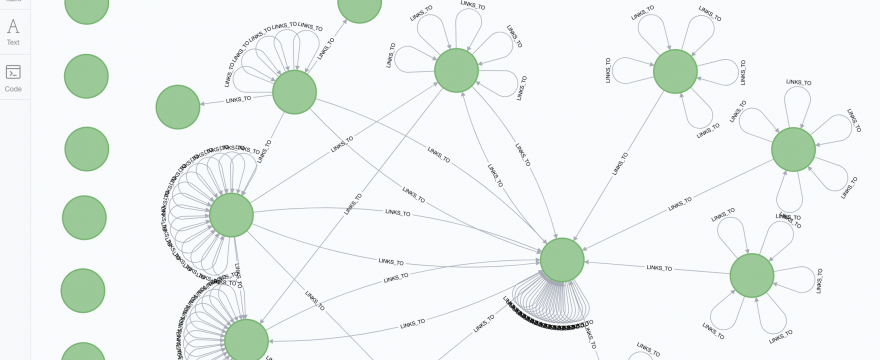I’m in the camp that relationships between real world (and web) things is where the value of data and transformative insights live.
In working on a content audit process around this idea, I’m cobbling together a workflow for managing, enriching, and querying related data about websites.
This relationship-centric content audit would account for:
How pages currently relate (auditable)
A lot of what a traditional content audit tries to account for:
- Context given rest of web, competing sites
- Index content types, formats, assets
- Links between pages on the site
- Publish dates for time context
- Taxonomies like tags/categories
- Content performance (traffic, SERP visibility, KPIs like subscribes, sales)
Where it gets interesting is when we try to enrich some of that with what start as invisible or hidden relationships. With those, we can better predict where a site should go in terms of content strategy, bringing us to:
How pages should relate (actionable)
- More abstract ideas, concepts, phrases and how they relate based on proximity and pattern similarity (NLP tooling combined with subject matter comprehension)
- How links could flow between pages (based on relatedness of documents as uncovered through topic modeling, manual work, etc.,)
- How/which pages should be linked, consolidated, redirected, deleted (based on measures of document similarity vs topic relatedness, and other indicators of centrality (influence), performance (traffic, subscribers, sales), contextual staleness.)
- How content should be improved for clarity (we refer to concepts differently over time – how do we surface clear winners for naming conventions? What headings are missing that would make clearer signals for search engines and help users get an accurate sense of subject matter?)
- How user journeys relate to top of funnel content relates to bottom of funnel content relates to relevant offers (for example, direct response marketing has very specific phrasing we can isolate – eg. “buy now!” “don’t delay!”)
- What ease of navigation, information architecture, strategic supplemental navigation assets should be deployed (based on client goals, uncovered opportunities like gaps in topics discussed, low hanging fruit of almost high ranking pages needing a nudge)
An initial audit takes an inventory of what’s evident, concrete
I think of this as “how many pages”, “word counts”, “inbound links”, “number of shares.”
Things that you could create a column in a spreadsheet for and you get a legit number or answer like “this page is tagged with x, y, and z and has 100 sessions from Google / Organic a day.”
But you can quickly get into analysis paralysis. After you sort by a primary KPI like traffic or GA page value and filter by a category, then what?Comments? Shares?
There might be an optimal “you do this, then this, then this,” answer but I don’t think so. If you decide 20% of your content is stale compared to the other 80%, that’s arbitrary, whether by picking a monthly traffic figure or a raw percentage, you picked that cut off. You decided to define “stale” as stale, doesn’t make sense.
An actionable audit provides insights based on how everything ties together (or doesn’t) and how it could
We think in linear terms: categories, subcategories, traffic numbers, rows and columns that can be sorted in a spreadsheet. We don’t think this in relationships, because it’s more abstracted. And yet, that’s what context is.
As they say, “if content is king, context is the kingdom.” Context, then, is what matters. It shows us where the patterns are.
That’s where we say, “this content is stale because it’s two years older on average than the 12 pages consistently ranking above it in Google for target phrases and it gets just 16% of the organic traffic it was getting just last year.” The patterns of visibility among competitors and our own site’s pages provides the context for applying those insights.
Context in a world of patterns shines the light on where to go.
